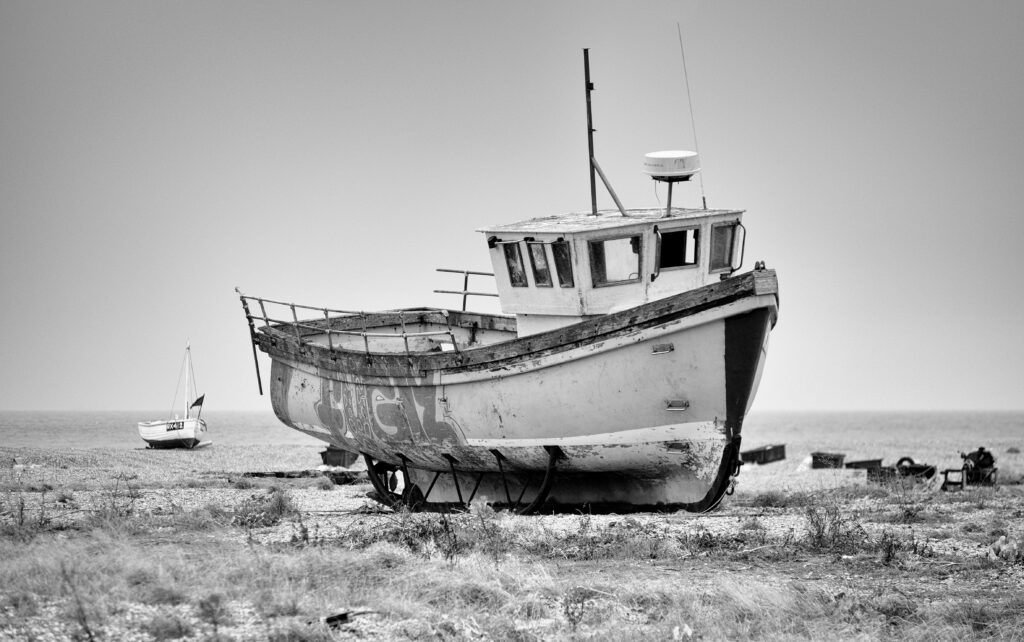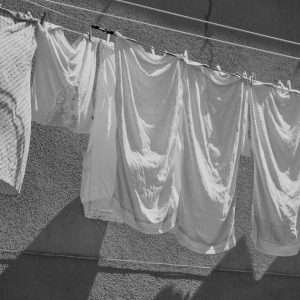Once upon a time, in the 1960s, the Aral Sea was the fourth-largest lake in the world, located in Central Asia between Kazakhstan and Uzbekistan. The lake was full of life and had a thriving fishing industry, boasting over 25 different fish species. An immense contrast to today where the Aral Sea is only a tenth of its original size. The once-thriving fishing industry has been completely wiped out, leaving nothing but abandoned boats stranded on dry land. This disaster is largely caused by the excessive cotton cultivation in the region that started in the sixties.
How would cotton contribute to this tragedy you would think? Well, the cultivation of cotton has two adverse characteristics: it is very water- and pesticide-intensive. For only one t-shirt 2,700 liters of water is used. This is equivalent to 2 years of drinking water for 1 person! In addition, cotton accounts for 16% of insecticides used in agriculture worldwide. In comparison, only 2.5% of worldwide farmland is used for cotton.
The Aral Sea was fed by two rivers: Amu Darya and Syr Darya. In the fifties, the Soviet Union began using these rivers to turn the surrounding desert area into farmland. As the cotton crops blossomed, the lake dried up. This was intensified by warm temperatures and little rain. The Aral Sea was salty, whereas the rivers had fresh water coming from high glaciers. This natural process kept the salt levels in the Aral Sea in balance. However, depleting the water from the rivers resulted in too much salt remaining in the Sea, which led to severe ecological damage.

The use of pesticides in cotton farming intensified the adverse effect on the ecosystem. The salty water became highly polluted with pesticides. When the seabed dried up, these toxins were released from the ground. Dust storms spread the toxins around the land, leading to contamination of the local food chain. As a result, next to destroying the ecosystem, the inhabitants of the area suffered from severe health issues such as throat cancer, heart, and kidney diseases.
The 3.5 million people residing in the surrounding area have witnessed their health, job, and living conditions going down the drain. The Aral Sea serves as an example of how human actions can have a devastating impact on the planet and its species (including human beings). Unfortunately, this is a phenomenon that is still occurring worldwide. We hope that this article inspires you to take action in a way that suits you.
But what can you do? First, be informed! The conventional cotton industry is catastrophic for the environment and health conditions of farmers. If you’d like to read more on this, please refer to our article on ‘the cost of cotton’. The next step is to make better choices. If consumers demand clothing made from sustainable materials, then companies should follow. Better choices consist of opting for sustainable materials (such as organic cotton or Tencel), buying clothes that can last a lifetime, and reducing your overall consumption. We invite you to look around on this website to find more tips.







